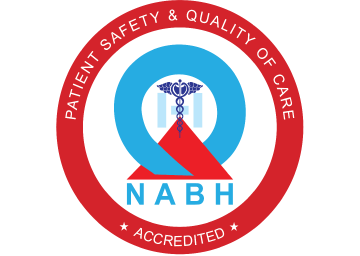Forearm Fractures
INTRODUCTION:
The forearm is made of two bones – the radius and ulna, which are connected by the proximal and the distal radioulnar joints and the interosseous membrane. The forearm fractures often involve both the radius and ulna. Isolated fracture of one bone is also possible though it is rare. They occur following motor vehicle accidents, direct blow or fall on an outstretched hand.
Symptoms
Pain, swelling and deformity of the forearm with restriction of movements
Treatment methods
Non-surgical management has a minor role in the management of forearm fractures. Undisplaced single bone fractures are managed non-surgically. Both bone forearm fractures are usually displaced. Also, the forearm bones give attachment to many muscles. The muscle pull results in the displacement of the fractures. Hence both bone forearm fractures are managed most often surgically. The non-surgical management involves the application of an above-elbow slab which is converted into a cast after one week. This cast is usually kept in place for 5 to 6 weeks. The patient needs serial x-rays during follow-up to monitor for displacement.
Usually, the surgery performed for forearm fractures are open reduction and plate and screw fixation. The aim of the surgery is the achieve good alignment and compression at the fracture site.


OUTCOME





